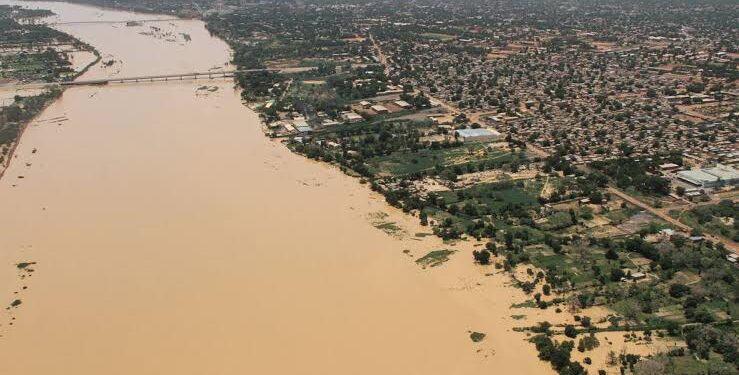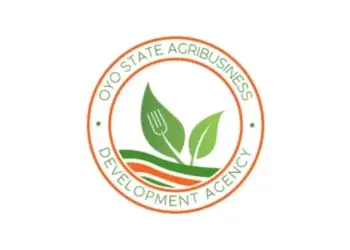NIHSA’s Director-General, Mr Umar Mohammed, who made this known in a statement on Tuesday in Abuja, noted the importance of adhering to flood preparedness protocols.
He said that water levels in the River Niger Basin have been gradually receding since early October, adding that Jebba Dam is currently spilling excess water in coordination with operators of the Kainji Dam.
“The Kainji Dam has maintained a 53-centimetre buffer to manage any changes in water inflow.
“NIHSA, through our Director of Operational Hydrology, Mr Femi Bejide, is working closely with the operators of Kainji and Jebba Dams to ensure effective reservoir management,” Mohammed stated.
The director general noted that despite the rainy season gradually shifting southward, water is still entering Nigeria, as monitored by NIHSA’s stations at Jidere Bode and Kende.
He reaffirmed NIHSA’s commitment to working with dam authorities both nationally and internationally to mitigate river flooding and support Nigeria’s socio-economic growth.
Mohammed added that the agency will continue to monitor weather patterns and water inflows, urging communities in flood-prone areas to stay vigilant and adhere to all safety guidelines.
NAN reports that NIHSA’s 2024 Annual Flood Outlook reveals that 148 Local Government Areas (LGAs) across 31 states are at high risk of flooding.
The affected states include Adamawa, Akwa-Ibom, Anambra, Bauchi, Bayelsa, Benue, Borno, Cross River, Delta, Ebonyi, Edo, Imo, Jigawa, Kaduna, Kano, Katsina and Kebbi.
Others are Kogi, Kwara, Lagos, Nasarawa, Niger, Ogun, Ondo, Osun, Oyo, Plateau, Rivers, Sokoto, Taraba and Yobe.
NAN reports that the agency had on Sept. 25, has issued a warning about the rising water levels, which it said have steadily risen.(NAN)











